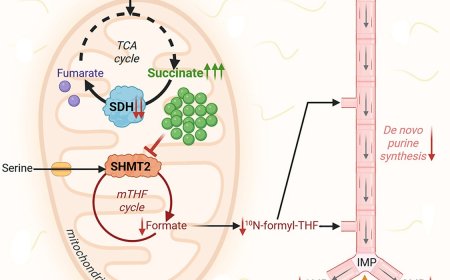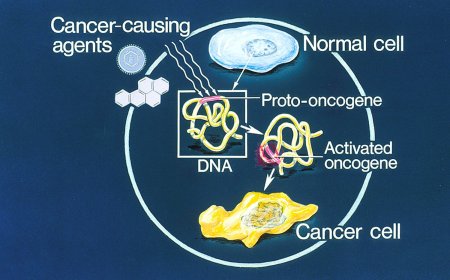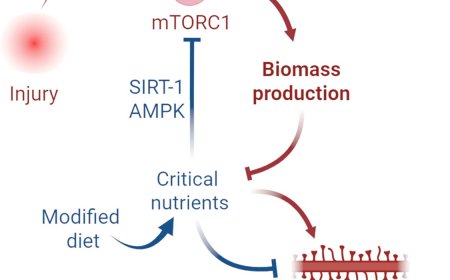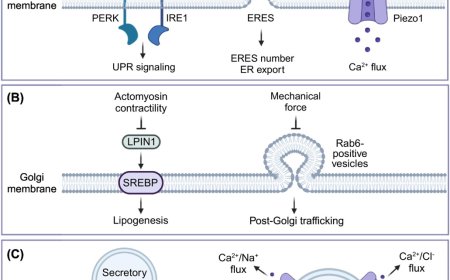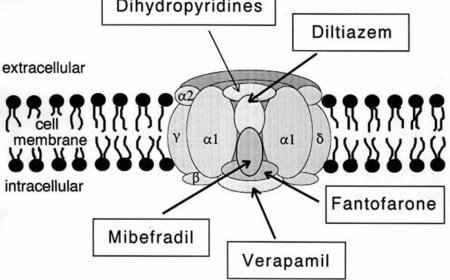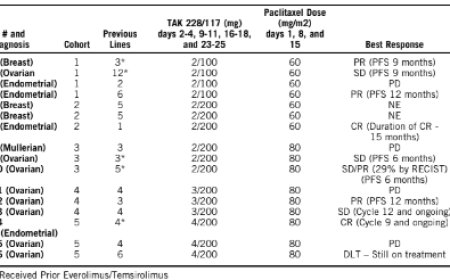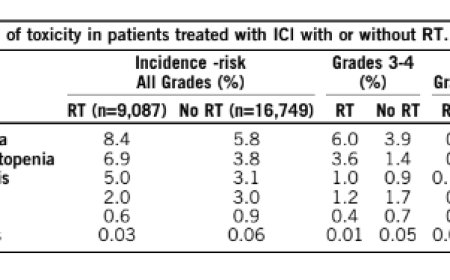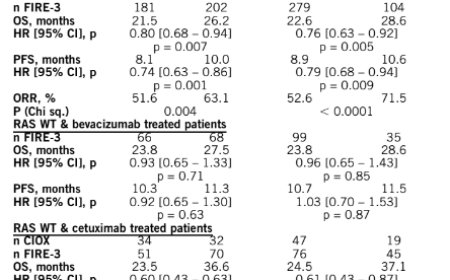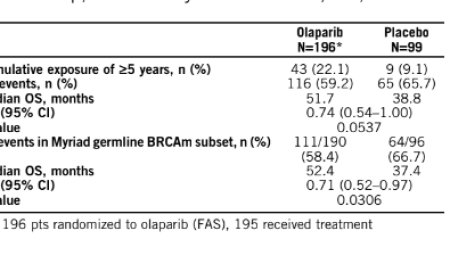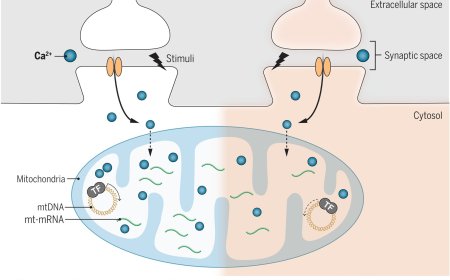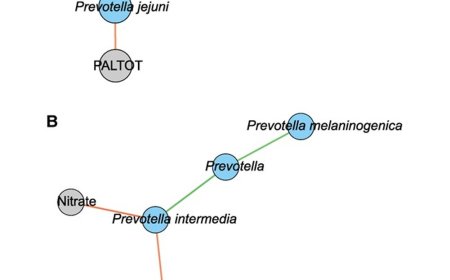PNS microglia-like cells found to regulate neuron size
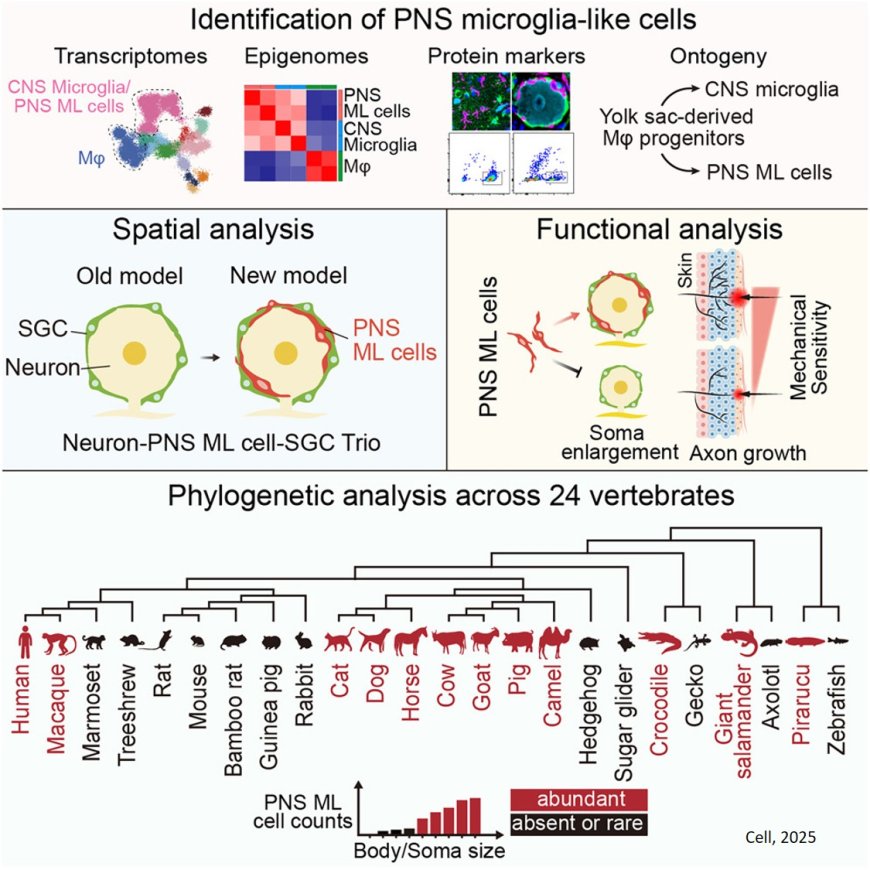
In a study published in Cell, a research team has revealed the presence of microglia in the peripheral nervous system (PNS) and identified their crucial role in regulating neuronal soma size throughout evolution.
Microglia, also known as macrophages of the central nervous system (CNS), are specialized immune cells vital for brain health and injury response. Traditionally, microglia were thought to be absent from the PNS. However, a 2023 study also published in Cell, discovered microglia in human fetal skin, testicles, and heart tissue, raising the question: Do these cells also exist in the human PNS, and if so, what roles do they play?
To address this question, the team combined advanced techniques such as single-cell transcriptome sequencing, bioinformatics analysis, immunofluorescence staining, and functional assays to analyze human clinical samples and those of various animal models such as monkeys and pigs.
"The key finding of our study is that PNS microglia share a common molecular signature, protein marker, epigenetic profile, and ontogenetic trajectory with the CNS microglia in humans," said the senior author. "This finding challenges the long-held belief that microglia are absent from the PNS, a notion primarily based on findings from rodent models."
Moreover, researchers found that PNS microglia directly enwrap neuronal somas in peripheral ganglia, forming a Neuron-PNS Microglia-Satellite Glial Cell trio model. This revises the traditional Neuron-Satellite Glial Cell duo model of the PNS based on previous studies in rodent models. The trio model highlights the unique features of PNS microglia, which may enable a rapid response to changes in neuronal activity under both physiological and pathological conditions.
Furthermore, the researchers uncovered the ancient origin of PNS microglia and established a positive correlation between their abundance, species body size, and the size of primary sensory neuron somas.
Larger-bodied species with larger primary sensory neurons exhibited a higher abundance of microglia, while smaller animals tended to have fewer or none. Microglia abundance was positively correlated with both neuronal soma size and overall body size of the species, regardless of their evolutionary relationships. Since PNS microglia are required for soma enlargement during neuron maturation, they may be subject to stronger selective pressure in vertebrates with larger peripheral neuronal somas—potentially explaining the observed phylogenetic pattern.
"Our work unveils the ontogeny, evolution, and neuron size regulatory functions of PNS microglia," said the first author of the study.
